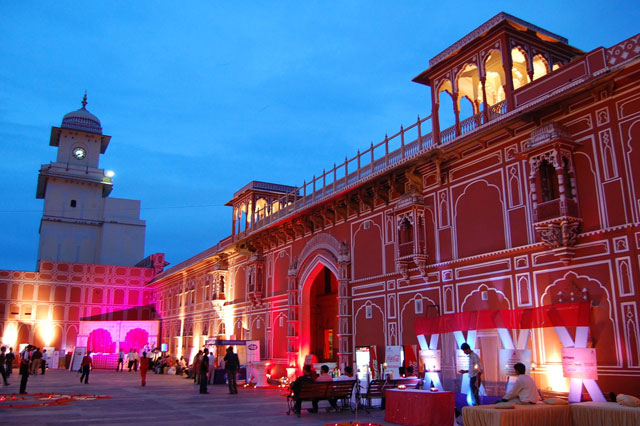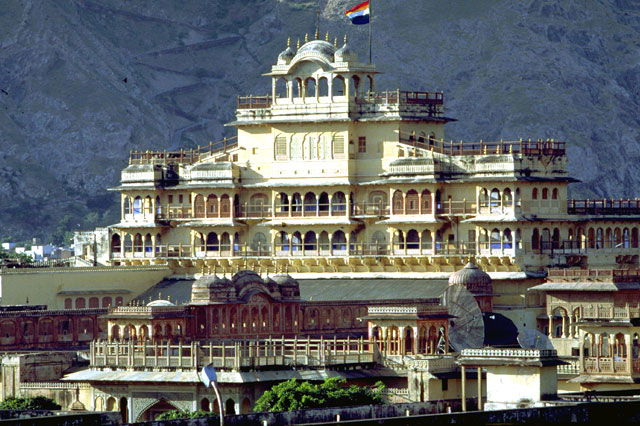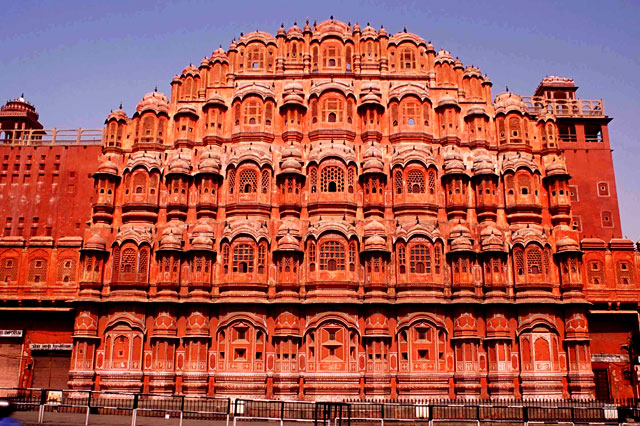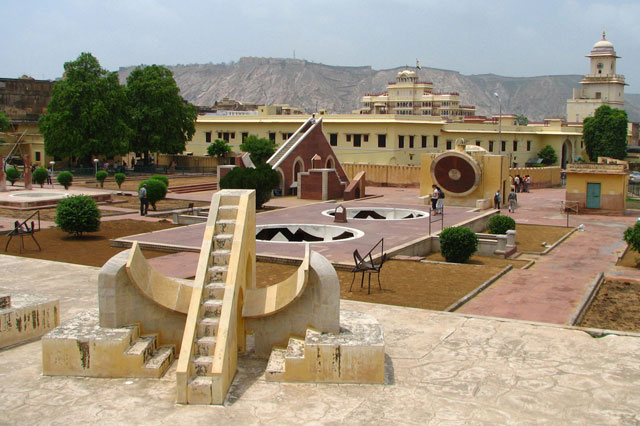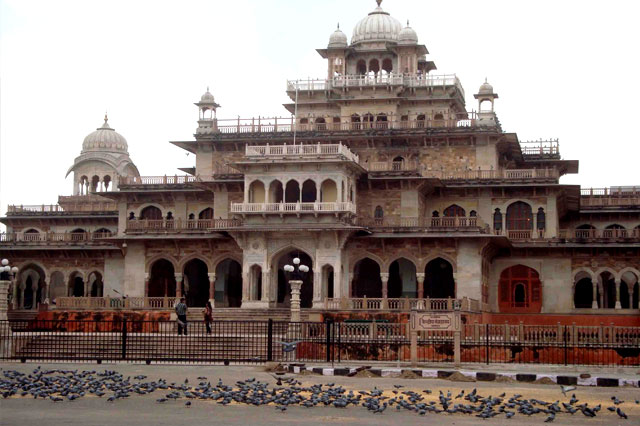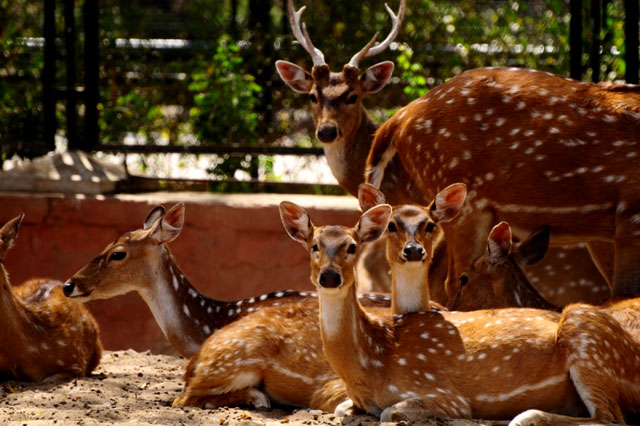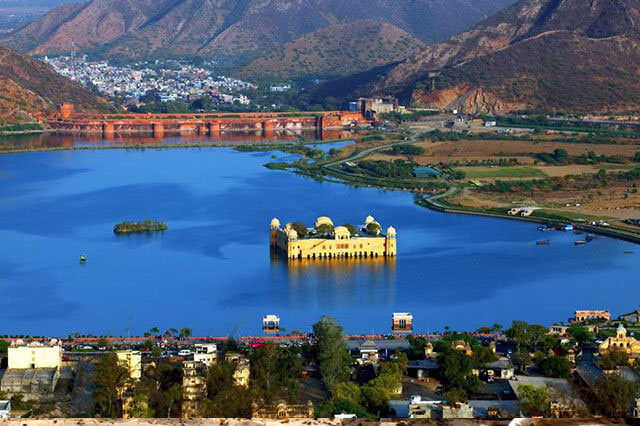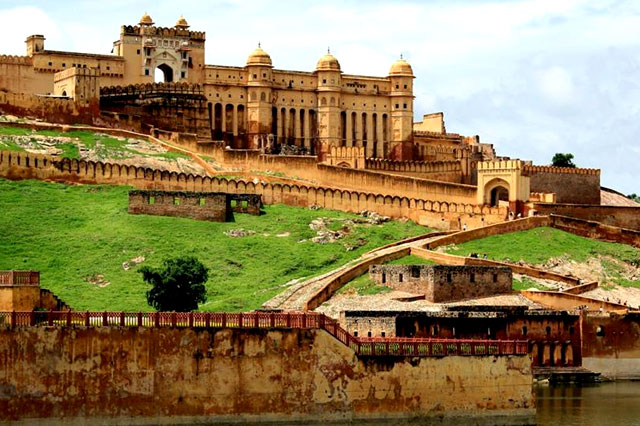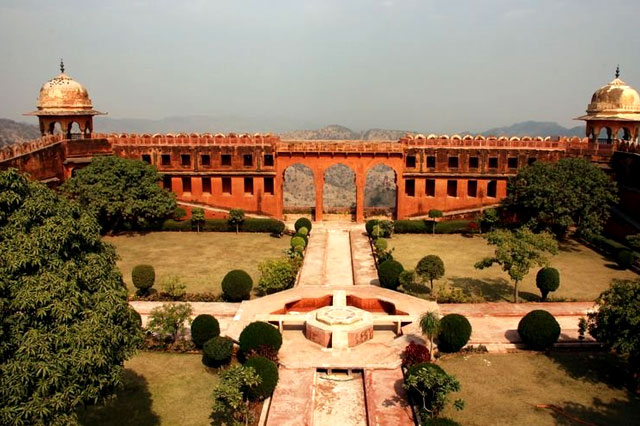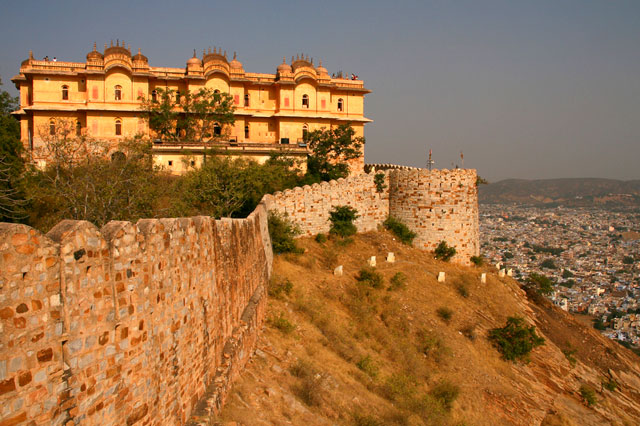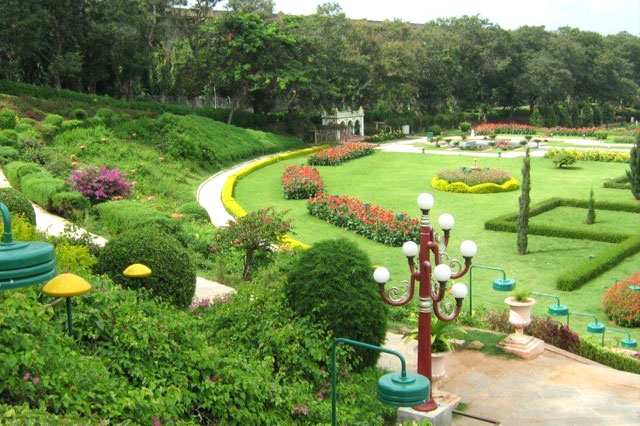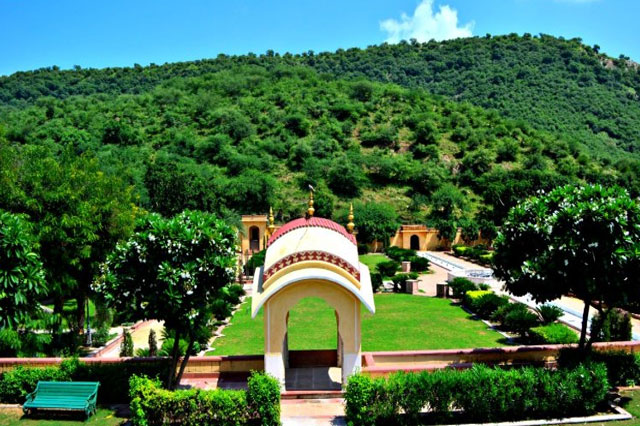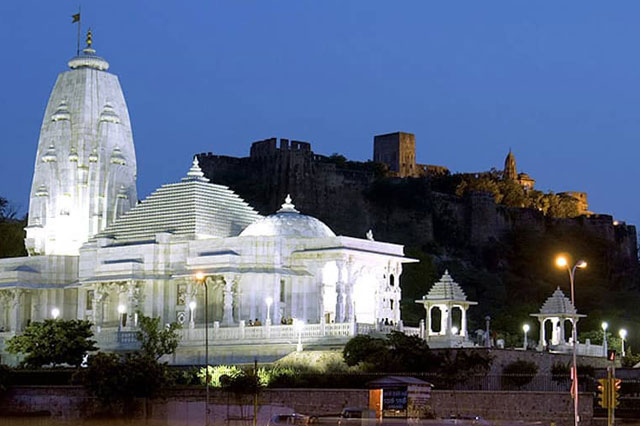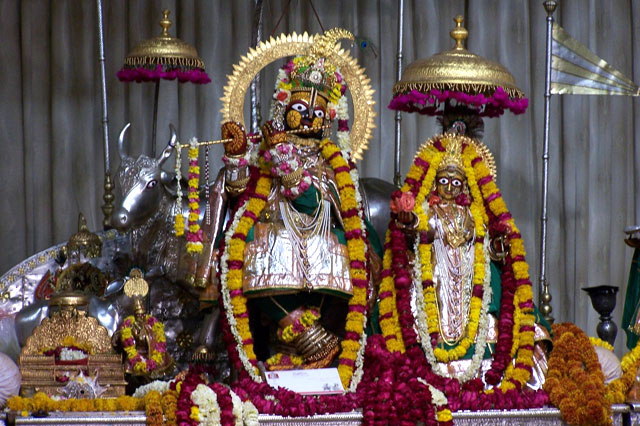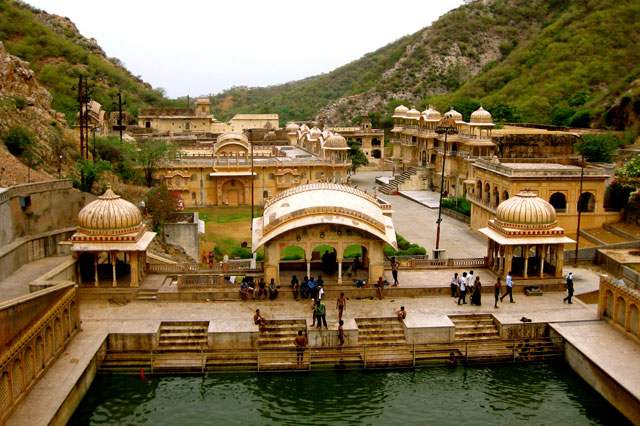Tourist Places In Jaipur
If you love palaces and crave to have an insight on the lifestyle of the rulers of the bygone era, Jaipur is the city for you. If you are passionate about the strong forts and marvelous architecture that flaunt the expertise of the artisans of the past, Jaipur is where you need to be on your vacation. If you long to experience the flamboyant lifestyle of the past rulers even if it is only for a few days, Jaipur’s palaces-turned-heritage hotels are where you need to stay for a lifetime experience. If you fancy elephant rides, you need to be in Jaipur to have a royal ride on the elephants. You can customize the rides the way you need, take elephant rides on jungles, through villages, in Biological Park and many more. If these were not enough to decide in favor of Jaipur, go ahead to have a look at the top list of attractions in Jaipur and you cannot resist any more.

